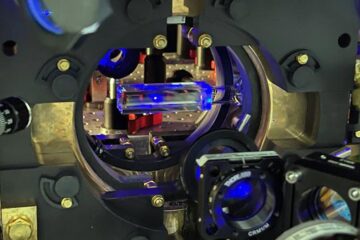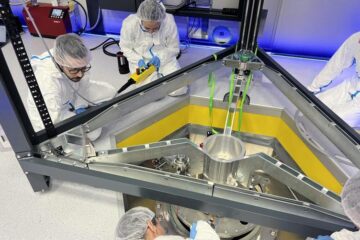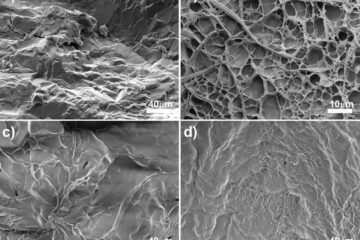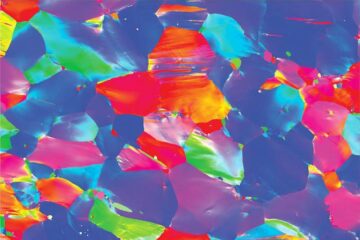Latest News

Making sense of bacterial biodiversity
What determines the number of species in a given area? The amount of energy available to organisms (an area’s primary productivity) has been shown to be a key determinant of plant and animal biodiversity. However, it is not known if primary productivity can affect bacterial biodiversity. In an article to appear in the July 2003 issue of Ecology Letters, researchers led by a team at Stanford University report for the first time that primary productivity can, in fact, influence the diversity of ba

SARS – the first comprehensive description of the damage caused by the virus
Research News in the Journal of Pathology
Doctors working near to the first outbreak of severe acute respiratory syndrome (SARS) Guangdong, China, have just published the first histopathological description of the effects of this viral infection in the Journal of Pathology.
Basing their findings on autopsies of three people who died of SARS, Dr Yanqing Ding and his colleagues showed the virus causes extensive disruption throughout the body.
The main pathological cha

Northwestern Memorial Hospital studying arthritis drug’s potential in fighting cancer
A research study under way at Northwestern Memorial Hospital is trying to find out if the popular anti-inflammatory drug Celebrex might do more than ease arthritis pain. Researchers at Northwestern Memorial are enrolling patients with early stage head and neck cancers or non-small cell lung cancers in a research study to see if Celebrex reduces the return of old tumors or the chance of getting a new cancer when taken after surgery or radiation treatments.
The double-blind, randomized study

Getting closer
USC researchers have moved one step closer to understanding how the body fights harmful antigens – foreign molecules that trigger an immune response.
The team successfully simulated a mutation process that diversifies the proteins, or antibodies, responsible for immunity – a phenomenon known as somatic hypermutation. This process enables the body to fight off a wide range of diseases.
Their findings are detailed in the July 3 issue of the journal Nature.
“When performin
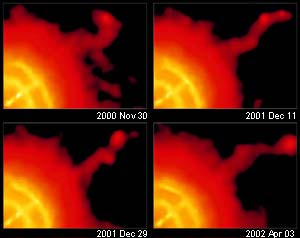
Firehose-like jet discovered in action
An X-ray movie of the Vela pulsar, made from a series of observations by NASA’s Chandra X-ray Observatory, reveals a spectacularly erratic jet that varies in a way never seen before. The jet of high-energy particles whips about like an untended firehose at about half the speed of light. This behavior gives scientists new insight into the nature of jets from pulsars and black holes.
Chandra observed the Vela pulsar, a rotating neutron star, 13 times between January 2000 and August 2002. The

Computer Vision Study Links How Brain Recognizes Faces, Moods
The human brain combines motion and shape information to recognize faces and facial expressions, a new study suggests.
That new finding, part of an engineer’s quest to design computers that “see” faces the way humans do, provides more evidence concerning a controversy in cognitive psychology.
Were computers to become adept at recognizing faces and moods, they would be more user-friendly, said Aleix Martinez, assistant professor of electrical engineering at Ohio State University. T
